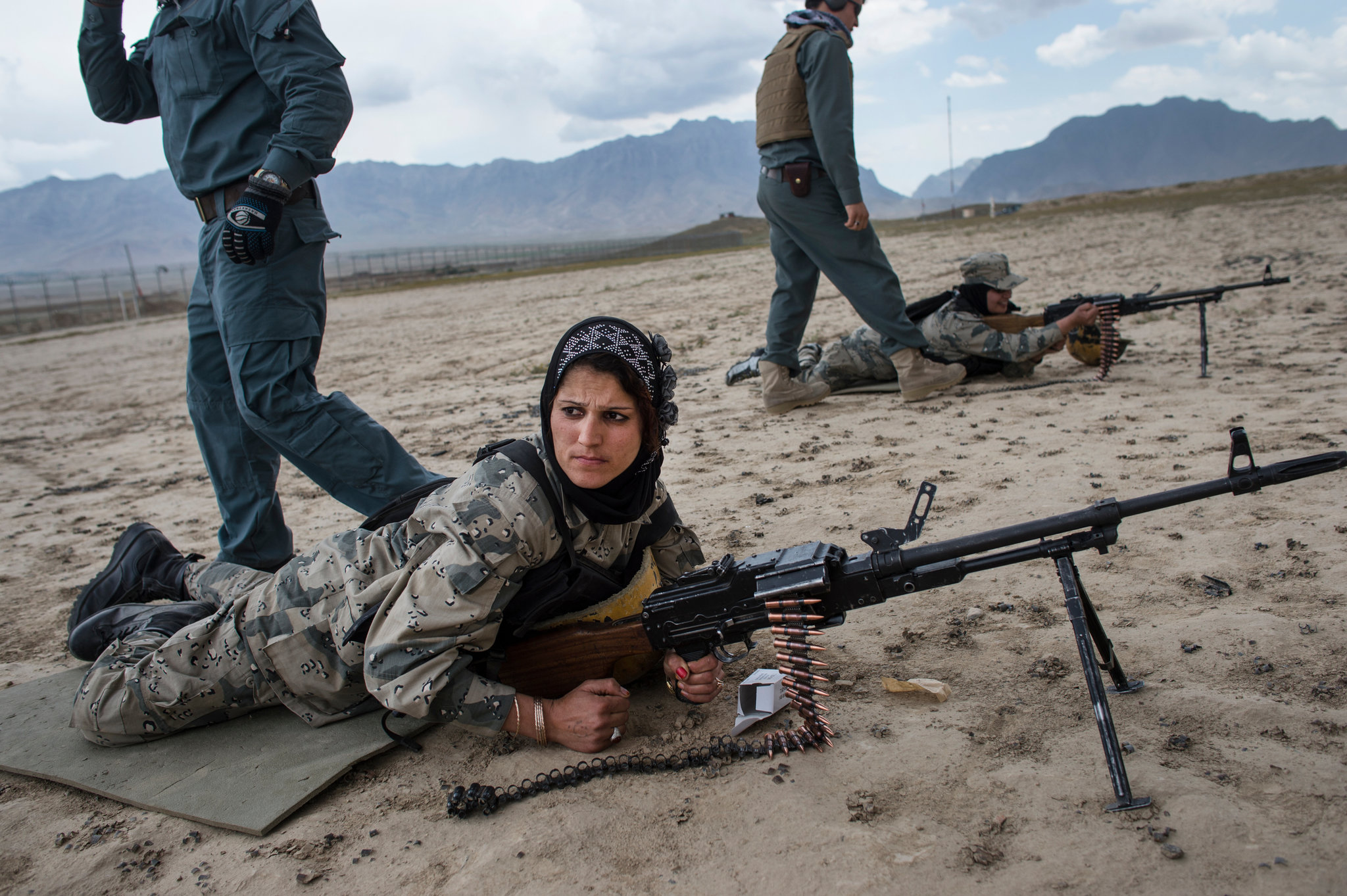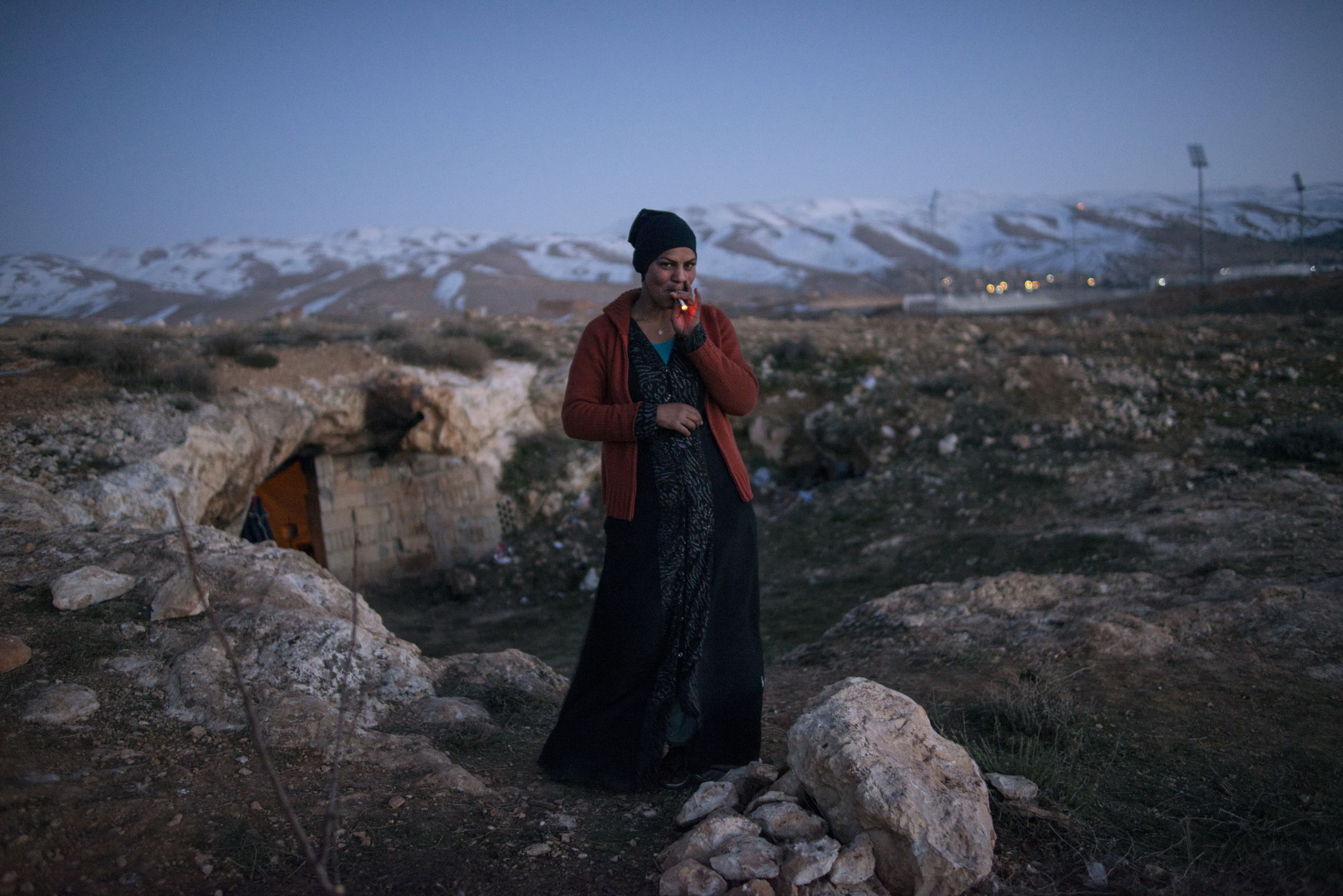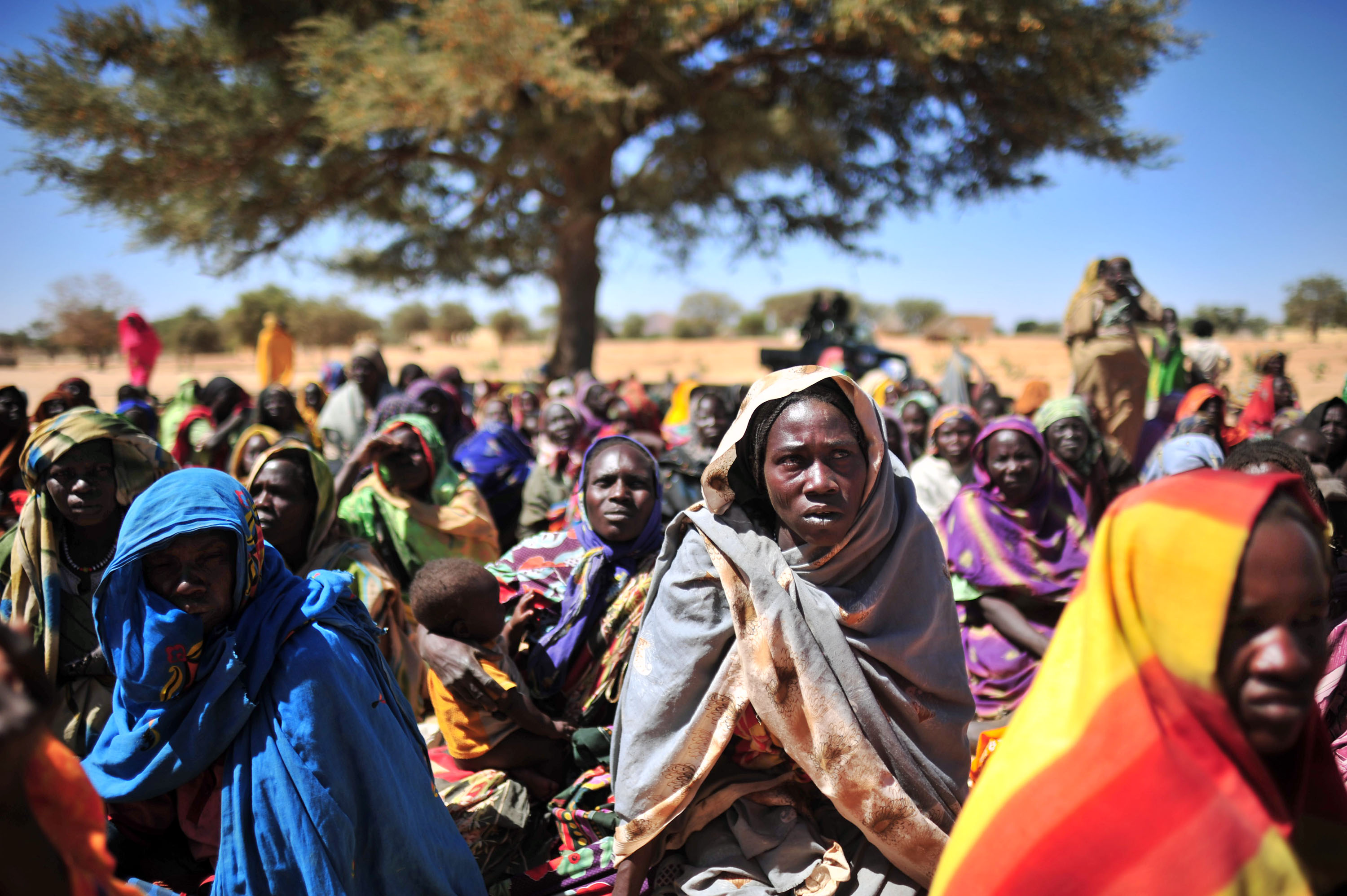Lynsey Addario – Women in Photography Spotlight March 13, 2017 – Posted in: Photography – Tags: Lynsey Addario, March, National Women's Month, photographers, Photography, Women in Photography, Women Photographers
March is National Women’s History Month. Our blog will be honoring women in photography this month to celebrate women’s contributions to the photography world. Today’s feature is on Lynsey Addario.
Lynsey Addario: The Female Perspective in Combat Photojournalism
Lynsey Addario is in an American photographer known for capturing images of social and political conflicts all over the world. Her career in photojournalism has made her a first-hand witness to cultures under regime, areas in chaos after natural disasters, and the tragic consequences of war and violence. She is a MacArthur Fellow and Pulitzer Prize winner for International Reporting, and her images have been published in The New York Times, Time, Newsweek, and National Geographic.

No stranger to the front lines, Addario has been a combat photographer in Taliban-controlled Afghanistan, Iraq, and throughout Africa, including Darfur. In 2011, She was one of four New York Times journalists taken captive in Libya, where she was held for almost a week by the Libyan army.

Dalal, 21, a Syrian refugee from the Damascus suburbs stands in front of the cave she and her family have been staying in since crossing into Lebanon roughly a week prior, in Baalbak, Lebanon, January 22, 2013. Lebanon has been refusing to set up typical tent camps for refugees in the manner Turkey and Jordan have done, and so refugees are forced to live underneath commercial buildings, in makeshift tents, and with families around the country. The United Nations estimates that the number of Syrian refugees currently in countries bordering Syria has risen to 600,000, and there registered number of refugees in Lebanon, alone, is roughly 200,000. (Credit: Lynsey Addario, for The New York Times)
Once freed, some Americans expressed outrage that the New York Times would send a female photojournalist to a war zone. Addario’s response detailed the importance of the female perspective in such situations, especially since female photographers have a different level of access to female subjects in many situations, such as in cultures with gender segregation. Says Addario: “People think photography is about photographing. To me, it’s about relationships. And it’s about doing your homework and making people comfortable enough to open their lives to you.”

Sudanese women sit and await food and non-food items being distributed by international humanitarian organizations in the village of Selea, which was recently bombed along with two other villages north of Geneina by the Sudanese government and simultaneously attacked by armed men on camels, horseback and donkeys, otherwise known as Janjaweed, in West Darfur, Sudan, February 28, 2008. The government spate of bombings was in response to an ambush two months prior by rebels from the Justice and Equality Movement, and subsequent intelligence that JEM members were living in these villages and using them as a base. After a period of relative quiet, there has been a great deal of renewed fighting between the Sudanese government with militias loyal to the government and rebel factions, namely JEM. Dozens of civilians in Selea, Sirba, and Abu Sourouj were killed in the attacks around February 8-9th, many others were injured, and a large percentage of each of the three villages was burned to the ground. (Credit: Lynsey Addario for The New York Times)
Check out her work at: http://www.lynseyaddario.com
Thanks to our editor, Maggie, for putting this profile together!



